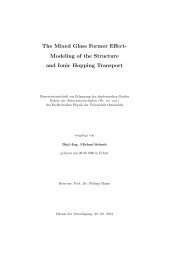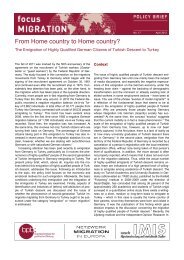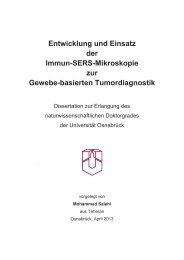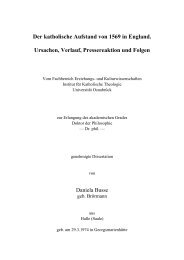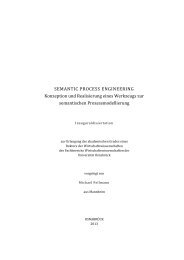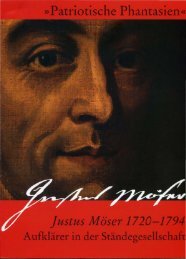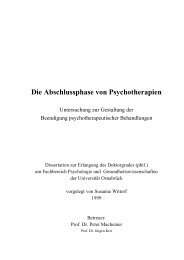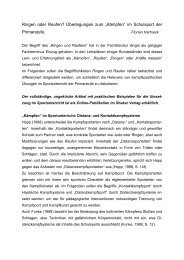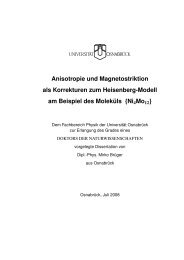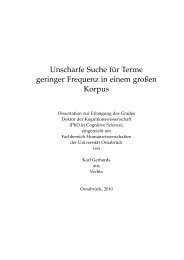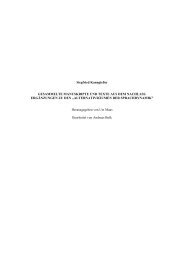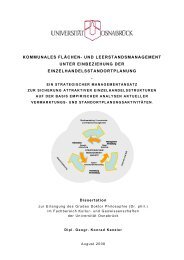'STAMENOID PETALS' IN A NATURAL HOMEOTIC VARIANT OF
'STAMENOID PETALS' IN A NATURAL HOMEOTIC VARIANT OF
'STAMENOID PETALS' IN A NATURAL HOMEOTIC VARIANT OF
You also want an ePaper? Increase the reach of your titles
YUMPU automatically turns print PDFs into web optimized ePapers that Google loves.
Chapter 1 Repeated evolution of a floral trait in Capsella<br />
8.0). For native electrophoresis 50 µl samples were separated on 7.5% polyacrylamide<br />
gels. More detailed information about experimental procedures and nomenclature of AAT<br />
allozymes are given in Hurka et al. (1989).<br />
Data analysis<br />
For all individuals, genotypes of three duplicated Aat loci (locus 1A/B, 2A/B, 3A/B) were<br />
determined. The percentage of polymorphic AFLP loci was calculated using AFLPsurv 1.0<br />
(Vekemans 2000). AFLP fingerprints and allozyme data were combined to generate a 0/1<br />
matrix. This matrix was used for principal co-ordinate analysis (PCO) and neighborjoining<br />
analysis. To display the genetic distance between the analysed populations, PCO<br />
was performed in MVSP 3.13 (Kovach Computing System) using Nei & Li coefficient for<br />
binary data. For insights on individual level, neighbor-joining was conducted in Treecon<br />
1.3b (van de Peer 1994). A wild-type individual of C. bursa-pastoris from USA (Reno,<br />
Nevada; progeny of 740/6) was used as outgroup. Wild-type plants from Gau-Odernheim<br />
and Warburg were included for all analyses.<br />
Results<br />
Allozyme variability<br />
For 34 decandric samples, genotypes of three duplicated Aat loci (locus 1A/B, 2A/B, 3A/B)<br />
were determined. In total, six different multilocus genotypes were detected. In Gau-<br />
Odernheim as well as Warburg, genotype II (1111 1144 1155) was the most common<br />
genotype with a frequency of 74% and 57%, respectively. Both individuals from Vienna-<br />
Hütteldorf revealed a single genotype (1111 1111 1155) and the two progenies of the<br />
Russian ancestor also showed just one genotype (1111 1111 1122).<br />
The AFLP analysis yielded 101 reliable AFLP fragments. Among the analysed<br />
populations, 76 fragments (75.2%) were polymorphic. In decandric individuals the<br />
percentage of polymorphic loci (PLP) varied from 36.5% in Warburg to 68.3% in Gau-<br />
Odernheim, whereas the PLP in the two Russian individuals was only 3.2%. The two<br />
samples from Vienna-Hütteldorf were not polymorphic in AFLP loci.<br />
Genetic differentiation<br />
A combined 0/1-matrix of AFLPs and allozyme data was generated to elucidate the single<br />
or multiple origin of the decandric variant. Figure 2 shows the results of a principal co-<br />
22



